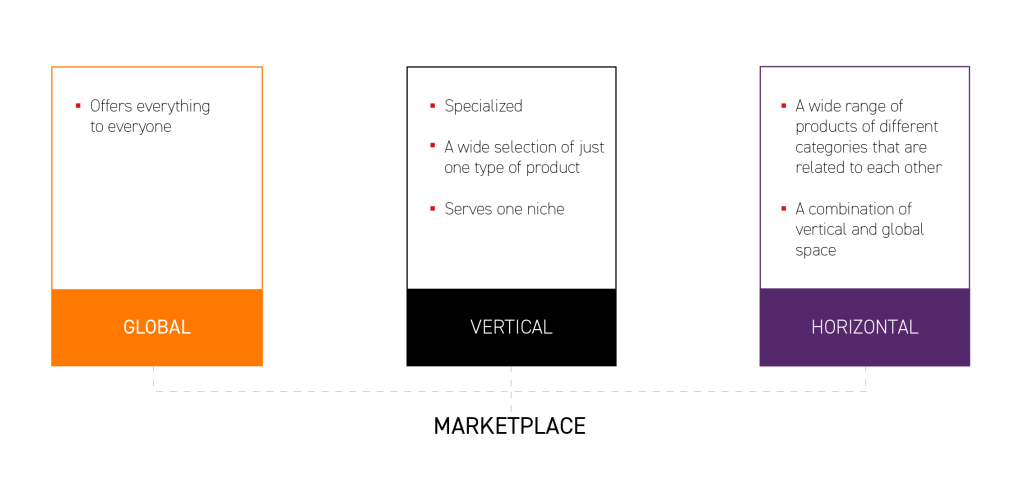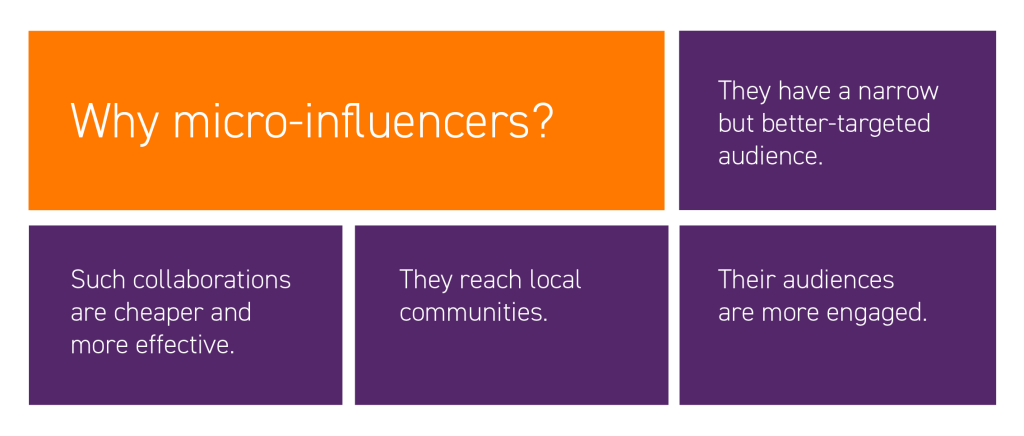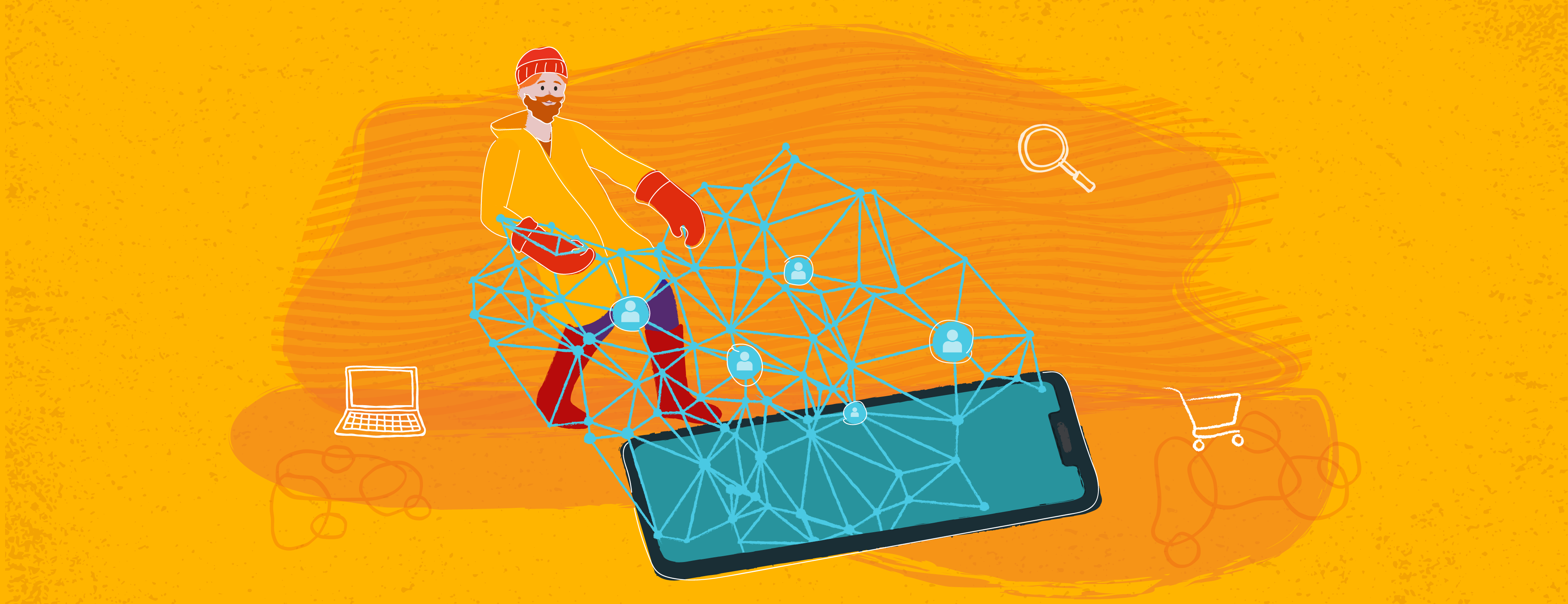How Can You Gain New Customers in Times of Crisis?
In times of recession, many entrepreneurs are asking themselves how to most effectively acquire new customers. What channels are worth using, what role price currently plays in the buying process and how to increase customer loyalty were discussed during the first day of the e-Commerce Challenge conference. In this article we present the most important conclusions from the panel discussion moderated by Tomasz Gutkowski (Head of Business Development at Unity Group), which included marketing and e-commerce managers Artur Rompca (Alpinus Group), Jaroslaw Uczkiewicz (FERAX GROUP / GATTA), Bartosz Pilch (SIG) and Kamil Bąkowski (ŻABKA JUSH).
From this article you will learn:
- How and through what channels is it worth seeking new customers?
- What role does price currently play in the buying process?
- Is the marketplace a threat or an opportunity to attract new customers?
- How effective are influencer marketing, unboxing and video blogging?
- What is the importance of delivery time?
- Why is it important to retain current customers and how to do it?
- Is it worth investing in direct sales contact and geolocation?
How Do You Look for Customers?
In reports on how to attract customers, a full catalog of ideas and inspiration for the sales and marketing departments is mentioned. Among them you will find:
- improving the user experience,
- targeted ads and those geared toward rescuing rejected shopping carts,
- customer incentives, such as loyalty programs, price promotions, and free delivery,
- attracting customers through content marketing,
- enhancing the store’s SEO.
However, the ways and channels of customer acquisition are determined in practice by aspects such as the industry, product category or distribution model.
The Power of Price
Until recently, price was not the most important selection criterion among customers. What mattered most was who owned the product. This was changed by the pandemic and the war in Ukraine. Today – when supply exceeds demand – the pressure for an attractive price has increased significantly. Currently, customers are far more likely to compare different offers, looking for the most favorable one for themselves. That’s why promotions, which fashion companies, among others, are eager to use, can be an effective solution.
The huge role of pricing policy is particularly evident on global marketplace-type platforms, where entrepreneurs very often face the challenge of low margins associated with productization, a new system for organizing offers. Why? B2B partners there very often go beyond a reasonable price point, making it another task for companies to maintain a single price point (a price point, i.e., the price at which demand for a product is expected to remain relatively high) across all sales channels.
However, price does not always play a key role. For some products or services, companies focus on rational benefits, such as the benefits of fast service. Such a brand is, among others, Żabka Jush, which focuses on non-price benefits in its operations.
We know how important time is for all of us. In today’s busy world we have less and less of it. That’s why the convenience and availability of products, not just price, often become the key argument. Knowing these needs, at Żabka Jush, we go against the grain and encourage you to spend your time on what is important to you. We take care of the rest. We deliver products to our customers, and they can do what they feel more like doing.
Kamil Bąkowski, Marketing & E-commerce Director at Lite E-Commerce.
Marketplace – Opportunity or Threat?
A way to reach new groups of customers may be to develop distribution through the aforementioned marketplace platforms. On many global platforms of this type, you still see tremendous competition in which price plays a major role, but recently vertical and horizontal marketplaces, i.e. specialty and industry-specific marketplaces, have become increasingly popular.
Manufacturers of specialty items are increasingly moving away from traditional distribution in global marketplaces (which sell all types of products) for a simple reason – companies do not want to compete on price with their B2B distributors. It is for this reason that they are choosing specialized platforms like Decathlon – the Alpinus brand, among others, has decided on such a solution. For customers of such platforms, what matters most is the quality and performance of the products, while price sensitivity falls, which is a big opportunity for entrepreneurs. They can make sales on them in the D2C model (Direct to Consumer, i.e. distributed within their own channels).
We are currently facing accelerating costs of acquiring new users. Vertical marketplaces are an alternative way of acquiring customers in segments with the greatest interest. With appropriately selected vertical marketplaces, the brand, in addition to acquiring the transaction itself, also gains in reach and image due to its appearance in specialized distribution channels.
Artur Rompca, Head of E-commerce & Digital Marketing at Alpinus Group.
Specialized foreign marketplaces, where price does not play a dominant role, are proving equally beneficial. Vertical platforms will continue to grow rapidly for one more very important reason – the cost of acquiring a customer on them is significantly lower than on global counterparts.

Influencer Partnerships, Unboxings and Video Campaigns
As many as 80% of respondents to The State of Influencer Marketing Benchmark Report 2023 survey said they would allocate a portion of their budget to working with influencers. The same survey indicates that 67% will increase their spending on this area of marketing, and 23% of respondents will allocate more than 40% of their total advertising budget to such activities. Influencer campaigns continue to be effective, so it is worth taking a closer look at this topic.
Currently, brands very often run campaigns based on dedicated discount codes, which they give to influencers who cooperate with them. In most cases, companies try to reach influencers focused on a specialized field related to their products – such collaborations are the most natural and beneficial for them. Such campaigns focused on a narrow but well-targeted group of specialists are implemented even by such non-obvious industries as the construction sector. A popular method of settling cooperation with web developers is the affiliate network, in which they receive a commission on each product sold. Paid and barter collaborations are just as common.
Video campaigns, which have a marketing dimension that supports e-commerce, are also of great importance. Interestingly, very often it is YouTube that has the lowest cost of reaching the audience, but here the barrier can be the need to prepare a suitable video.
Żabka Jush, which refers to itself as “YouTube first,” moves very efficiently in this area. A great support for building awareness of the brand and services has turned out to be adressable TV for Żabka Jush, which, combined with custom actions, is another pillar of acquiring new customers.
As a young brand targeting people who are active and open to new technologies, we realize that we need to reach for communication channels that appeal to them, such as video campaigns. With non-obvious spots that carry a message that addresses the needs of our customers, we are authentic in our actions and show that we are realistically making their lives easier; we are close to them. We combine these activities with non-standard actions, such as outdoor deliveries. We want to be wherever our customers are.
Kamil Bąkowski, Marketing & E-commerce Director at Lite E-commerce.

Delivery Time – How Important Is It?
And what role does delivery time play? The panelists’ experience shows that the most important thing here is to fulfill the promise we make to the customer. It doesn’t matter whether it’s 15 minutes or 24 hours – the most important thing is to meet the previously stated deadline.
This principle is followed by, among others, Żabka Jush, which promises its customers deliveries in 15 minutes, and delio, which guarantees delivery of purchases even within 2 hours. Such a business model saves the customer from the problem of lack of fridge supply, but not only that, because at the same time it promotes rational shopping, which reduces the number of discarded products. With this type of business, however, it is worthwhile to take care of the right logistics model – Żabka Jush operates on the basis of dark stores.
Interestingly, quick deliveries are equally popular in the construction industry, where next-day delivery is already implemented as a standard. On a construction site, there’s no time to look for a cheaper express delivery offer – here it’s the timing of order delivery that counts most, as every hour of downtime is costly.
This type of offer is worth supplementing with an alternative click and collect option (selecting and purchasing the goods online and picking them up at a store or pick-up point).

Retention of Acquired Customers
According to a study published by Think Impact, retaining an existing customer increases profitability between 25% and 95% – arguably, no other sales channel can match such a result.
The difference is noticeable, and that’s why e-commerce companies are trying to increase the loyalty of their consumers with quantitatively and qualitatively advanced programs. Such activities are carried out, among others, by Gatta, whose offline loyalty program is very popular and reaches over a million customers. Such a large database of records makes it possible to implement wide-ranging SMS campaigns, which translate into a significant increase in traffic from direct hits to the website (“direct”). Another advantage of such a solution is access to a large amount of data, which provides input for machine learning analysis. Mailing campaigns and more advanced marketing automation efforts using artificial intelligence are also effective here.
Gatta decided to “exit” from the popular marketing automation type system in Poland and at the same time invest in a new tool of this type based on AI (artificial intelligence) – Samba AI. The first months have shown that this was a very good decision! At the same time, we are working on making our loyalty program more “online”, which will give us much more opportunities to build our lead base. Both of these channels allow us to reduce the cost of reaching our potential customers with our e-commerce offer.
Jaroslaw Uczkiewicz, E-commerce and Digital Director at FERAX Ltd.
Loyalty activities can also be carried out in an omnichannel model, that is, rewarding both online and offline purchases. Such a program is worth integrating with an online platform, which will bring an additional benefit – it will influence the change of customer profile from traditional to omnichannel. It’s also worth mentioning the program’s biggest benefit, that is, increased sales, because its participants buy much more than those outside it.
Direct Sales Contact, Linking Paid Ads to Stock and Geotargeting
In the case of the B2B industry – despite the rise of digital sales – direct contact between salespeople and customers is still of great importance. Each counterparty, regardless of the channel in which it is acquired, should have its own account manager who supports the customer at every stage of the buying and non-purchasing process. Such a person simultaneously builds strong relationships that translate into future projects. Relationships in the B2B industry are one of the basic pillars, and it is worth ensuring that they are properly represented, as SIG does.
At SIG, we are focused on developing sales in an omnichannel model. We are committed to building a consistent customer experience in every channel in which contact is made with our company, both online and offline. Direct relationships are of great importance, but our customers also appreciate digital solutions dedicated to the construction industry. An example of this are system calculators that allow us to automate the selection of products and the purchase of designated items with “one click.” So we operate at the borderline of different channels – always thinking simply about the convenience of our customers.
Bartosz Pilch, Group Director of Omnichannel at SIG.
The building materials distribution industry is complicated by the high cost of transporting large and heavy products – so it’s important to properly link paid advertisements to the inventory of local branches. Since many products are difficult to transport, it is not cost-effective to transport them long distances.
Activities aimed at acquiring new customers in B2B are not carried out on a large scale, as it is often a matter of reaching a relatively narrow target group. Therefore, a good practice is geotargeted mobile advertising, which allows promotion to customers in a selected area.
Which Solution Is Right for You?
As you can see, there is no single recipe for success. It all depends on the type of product (or service) you offer. The key is to test the right solutions and adapt them to your marketing strategy. In one case, geotargeting will prove to be extremely effective, and in another, a vertical marketplace.
However, it is worth remembering that the industry has been extremely dynamic in recent years and constantly monitoring the market for new solutions.







